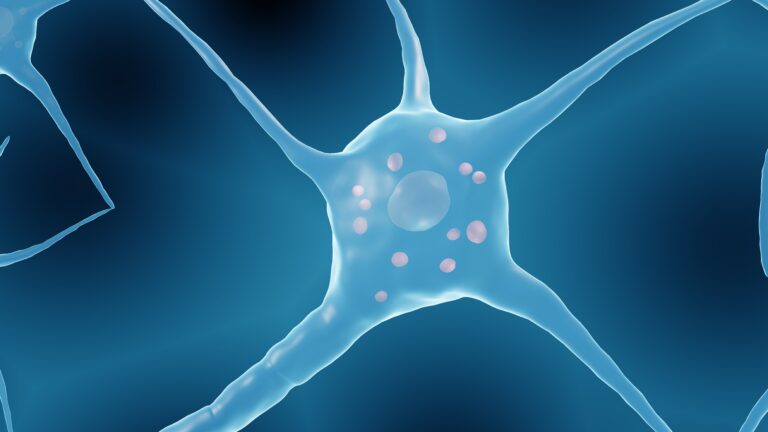Storytelling is a fundamental part of human communication and has been used since the beginning of humankind as a way to pass down knowledge, culture, and traditions. From ancient cave paintings to modern-day films, storytelling has evolved and adapted to different forms but its purpose remains the same – to share experiences and ideas with others.
However, storytelling is not just a form of entertainment or communication, it also plays a crucial role in memory consolidation and recall. In simple terms, memory consolidation refers to the process of strengthening and stabilizing a memory after it has been initially encoded. This process allows us to store information in our long-term memory and retrieve it later on when needed. So, how exactly does storytelling aid in memory consolidation and recall?
The key lies in the power of narratives. Stories have a beginning, middle, and end, with a clear structure and flow. This structure provides a framework for our brains to organize and store information. According to neuroscientists, when we hear a story, our brains create a mental “movie” of the events being described. This involves activating different regions of the brain, such as the visual cortex for images and the auditory cortex for sounds. As a result, the information is not only stored in our memory but also linked to other related memories, making it easier to retrieve.
In addition to this, the emotional aspect of storytelling also plays a significant role in memory consolidation. When we listen to a story that evokes strong emotions, such as fear, joy, or sadness, our brains release neurotransmitters like dopamine and serotonin. These chemicals enhance our attention and engagement with the story, making it more memorable. This is why we tend to remember emotional events more vividly than neutral ones.
Furthermore, storytelling helps us make sense of complex information. Our brains are wired to understand and remember information better when it is presented in a narrative format rather than just facts or data. This is because stories make information more relatable and easier to understand by connecting it to our own experiences and emotions. For example, a history lesson about World War II may be easier to remember if it is presented in the form of a personal account from someone who lived through it, rather than just a list of dates and events.
Moreover, storytelling can also aid in memory recall. Have you ever noticed how a certain smell, song, or even a single word can trigger a flood of memories? This is because stories create strong associations that act as triggers for memory retrieval. When we hear or see something that reminds us of a story we have heard before, our brain instantly makes connections and helps us recall the entire story or parts of it.
In fact, storytelling has been used as a memory aid for centuries. Before written language, oral storytelling was the primary way of preserving and passing down information. Even today, many indigenous cultures rely on storytelling as a means of education and preserving their histories. In addition, many memory techniques, such as the method of loci where one associates information with a familiar place or story, are based on the principles of storytelling.
In conclusion, storytelling is not just a form of entertainment but also a powerful tool for memory consolidation and recall. Its ability to engage different regions of the brain, evoke emotions, and create associations makes it an effective way to store and retrieve information. Thus, incorporating storytelling in education, training, and even in our daily lives can improve our memory and overall cognitive functioning. So, next time you hear a story, remember that it is not just a tale but also a valuable aid for your memory.





